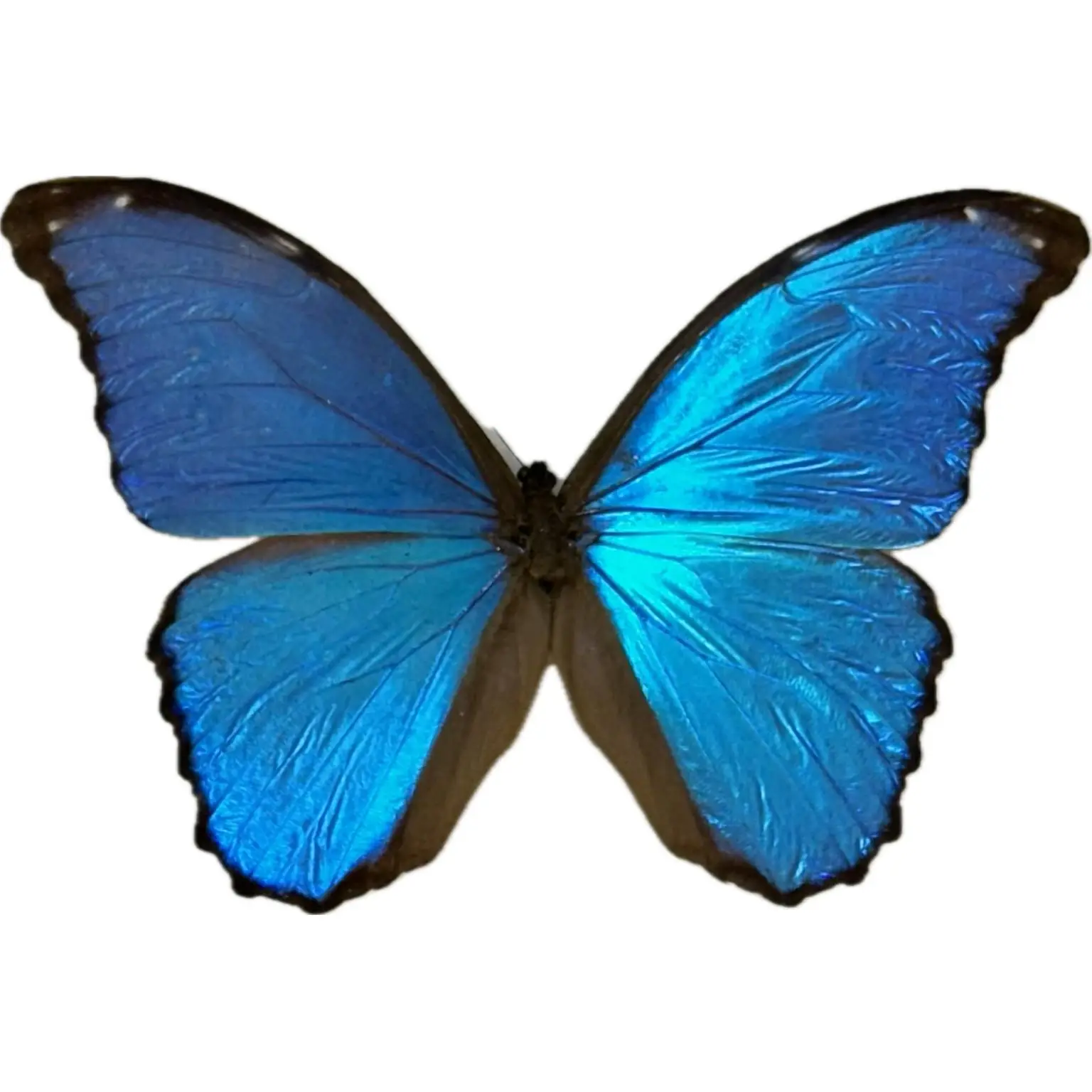Insect taxidermy, the art of preserving and displaying insects, has a long and fascinating history that dates back centuries. While the exact origins are unclear, early forms of insect preservation likely began as a means to study and catalogue the natural world. Over time, the practice evolved into an art form, with techniques for preserving insects becoming more refined and specialized.
One of the most common techniques used in insect taxidermy is pinning. Pinning involves carefully positioning an insect on a mounting board or tray using a pin. The insect’s body is typically spread out to display its features, such as wings and legs, in a naturalistic pose. Pinning requires precision and delicacy to avoid damaging the insect’s fragile body.
Another popular method of insect taxidermy is framing. Framing involves mounting insects in a display case or frame for decorative purposes. Insects are often arranged in intricate patterns or designs to create visually appealing displays. Framing allows collectors to showcase their specimens and appreciate the beauty of insects up close.
The practice of insect taxidermy has evolved significantly over time, thanks in part to advancements in technology and materials. In the past, insects were often preserved using chemicals such as arsenic or mercury, which are now known to be toxic. Today, safer and more environmentally friendly methods are used, such as freezing or drying insects.
In addition to advancements in preservation techniques, the art of insect taxidermy has also evolved in terms of aesthetics and presentation. Modern insect taxidermists often use creative and innovative methods to display insects, such as incorporating them into jewelry or other wearable art pieces. These contemporary approaches have helped to bring insect taxidermy into the realm of mainstream art and design.
Insect taxidermy is a diverse field that encompasses a wide range of insect species. While virtually any insect can be preserved and displayed, there are certain types of insects that are more popular among collectors and taxidermists. These insects are often chosen for their size, coloration, and unique characteristics, which make them particularly appealing for display purposes. Here are some of the most popular types of insects to be taxidermied:
Butterflies and Moths: Butterflies and moths are perhaps the most iconic insects in the world of taxidermy. Known for their vibrant colors and intricate wing patterns, these insects are prized for their beauty and delicacy. Butterflies, in particular, are often chosen for framing and display, as their colorful wings can create stunning visual effects.
Beetles: Beetles are another popular choice for insect taxidermy, thanks to their diverse shapes and sizes. Some beetles, such as the iridescent jewel beetles, are prized for their brilliant metallic colors. Others, like the rhinoceros beetle, are valued for their impressive size and unique horn-like structures.

Dragonflies and Damselflies: Dragonflies and damselflies are known for their large, transparent wings and striking colors. These insects are often mounted in flight to showcase their graceful forms. Dragonflies, in particular, are associated with symbolism and are sometimes used in art and jewelry.
Bees and Wasps: Bees and wasps are popular choices for insect taxidermy due to their distinctive striped patterns and stingers. While handling these insects requires caution, their striking appearance makes them attractive for display. Some taxidermists also preserve bee and wasp nests for added interest.
Cicadas: Cicadas are known for their loud buzzing calls and distinctive life cycle. These insects are often preserved for their unique appearance, which includes large, membranous wings and prominent eyes. Cicada shells, which are left behind after the insects molt, are also popular among collectors.

Ants: Ants are not only fascinating insects from a behavioral standpoint but also offer interesting taxidermy possibilities. Some taxidermists create scenes of ant colonies or use ants in mixed-media art pieces. Ants can also be preserved individually for display.
Grasshoppers and Crickets: Grasshoppers and crickets are valued for their long, slender bodies and powerful hind legs. These insects are often mounted in lifelike poses to showcase their natural behavior. Grasshoppers, in particular, are sometimes used in religious and cultural ceremonies.
Mantis: Praying mantises are known for their distinctive posture and predatory behavior. These insects are popular among taxidermists for their unique appearance and are often mounted in a striking pose to emphasize their predatory nature.
Flies and Mosquitoes: While not as visually appealing as some other insects, flies and mosquitoes are sometimes taxidermized for educational purposes. These insects can be preserved to show their anatomy and life cycle, providing valuable insights into their biology.








Leave a Comment
Your email address will not be published. Required fields are marked *